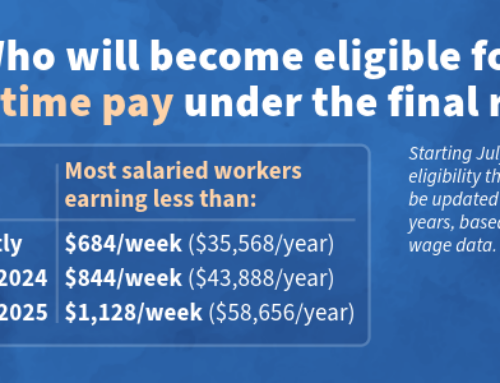Are any of your children currently attending college or preparing to enter school in the fall? The tax law provides several special tax breaks that may benefit parents who help pay qualified expenses. In particular, you may be able to claim one of two tax credits for higher education, subject to certain restrictions. Following is a crash course on the essentials.
AOTC: After being extended numerous times, the American Opportunity Tax Credit (AOTC)—previously called the Hope Scholarship credit— is now a permanent part of the tax code. The maximum annual credit is $2,500. Key point: The AOTC may be claimed for every student in the family. For example, if you two of your children attended college in 2018, the maximum credit is doubled to $5,000. Furthermore, the credit is now available for four years of college study, having recently been raised from two years.
Unfortunately, however, the AOTC is phased out for some parents. The phaseout for 2018 occurs between $80,000 and $90,000 of modified adjusted gross income (MAGI) for single filers and $160,000 and $180,000 of MAGI for joint filers. Once you exceed the upper threshold, you cannot claim the AOTC.
LLC: The Lifetime Learning Credit (LLC) is also a permanent tax law provision. But the maximum credit is $2,000 as opposed to the $2,500 AOTC. Furthermore, unlike the AOTC, the LLC applies to each taxpayer. Thus, if your had two children in school last year, the maximum credit remains $2,000.
The LLC is subject to phaseout rules at even lower levels than the AOTC. The phase-out range for 2018 is between $57,000 and $67,000 of MAGI for single filers and $114,000 and $134,000 for joint filers. Again, no credit is available above the upper thresholds. Although these limits are subject to inflation indexing, recent increases have been minimal or nonexistent.
Generally, you can claim either the AOTC or the LLC, but not both. The AOTC is preferred by most taxpayers.
Student loan interest deduction: Under current law, a taxpayer may write off up to $2,500 in qualified student loan interest above-the-line, subject to a phaseout at certain income levels. For 2018 returns, the phaseout occurs between $65,000 and $80,000 of MAGI for single filers and $135,000 and $165,000 of MAGI for joint filers.
To qualify for this deduction, you must be legally obligated to pay interest on the loan and actually pay it. The deduction may be available to your children who are students.
Previously, you could also claim a deduction for tuition and related fees, as an alternative to a higher education credit. The available deduction was either $2,000 or $4,000, depending on MAGI. Once MAGI exceeded $80,000 for single filers or $160,000 for joint filers, it disappeared completely. Although this deduction expired after 2017, it could be renewed by Congress, perhaps even retroactively.
Finally, parents may set up Section 529 accounts for higher education where the funds grow without any current tax and future distributions for qualified expenses are exempt from tax. Obtain details from your JMF professional tax advisors.







Leave A Comment
You must be logged in to post a comment.